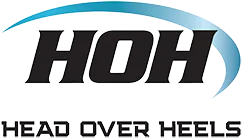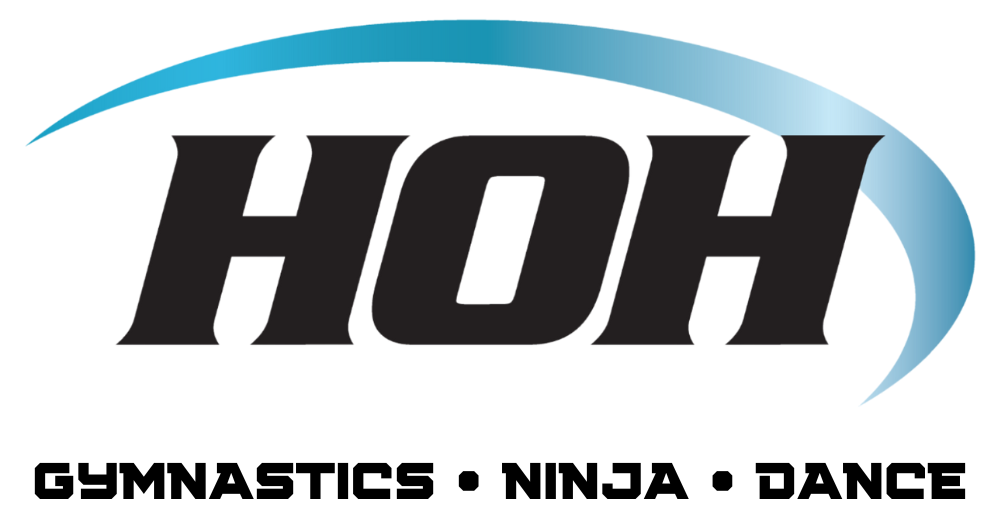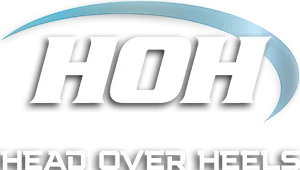CALL Us Now!
(732) 238-6900
*NEW Text Us Now*
(732) 838-5138

Why Our Mascots Matter: A Fun & Light December Blog for HOH & HOH Too
Walk into HOH or HOH Too on any given day and you might spot a kangaroo practicing cartwheels, a frog bouncing with excitement, a panda scaling the ninja rig, or a Tasmanian devil spinning with unstoppable energy.
No, you’re not imagining things.
You’ve just met the HOH Character Crew—a team of friendly, lovable mascots who bring joy, confidence, and a whole lot of fun to our gyms.
And they’re not just cute faces.
Each character represents a piece of the heart and spirit of Head Over Heels.
Let’s jump in and meet the whole squad.

Kipper the Kangaroo: The Leader of the Bounce
Kipper is the big-hearted, high-hopping leader of the HOH crew.
He’s everything we want our athletes to feel:
Brave
Confident
Warm and welcoming
Always ready to try again
Whether he’s cheering on first-time gymnasts or showing off a wobbly handstand, Kipper reminds kids that effort matters more than perfection—and that courage grows with every bounce.
Jumping Joey: The Little Cousin with Big Energy
Jumping Joey is Kipper’s smaller, sillier sidekick.
He tries so hard to keep up—and he isn’t afraid to laugh at himself when he tumbles.
Kids love Joey because:
He’s curious
He’s fearless
He’s always learning
And he shows that mistakes are part of the journey
Joey is a perfect symbol of what we teach:
fall, get up, try again—smiling the whole way.


Tumbling Taz: The Spin-Tastic Tasmanian Devil
If Kipper brings heart, Joey brings charm—Tumbling Taz brings pure electricity.
Taz whirls into the gym like a tornado of enthusiasm, always ready to flip, roll, bounce, and celebrate every tiny victory. He’s the embodiment of:
High energy
Determination
Positive chaos (the good kind!)
Joyful movement
For kids who love to go fast, Taz shows that energy can be focused, fun, and powerful.
Parkour Panda: The Smooth, Stylish Ninja Master
Parkour Panda is calm, confident, and incredibly cool.
He’s the quiet powerhouse of the crew—teaching kids that focus and patience can make you strong in ways that go beyond speed or strength.
He moves with:
Balance
Precision
Mindful control
A gentle confidence kids admire instantly
He’s adored by our ninja athletes and preschoolers alike—because when Panda moves, everyone watches.


Panda Cub: Parkour Panda’s Curious Baby Sidekick
Every hero needs a tiny shadow—and Panda Cub is exactly that.
Cuddly, adventurous, and always learning, Panda Cub represents:
Trying new things
Discovering abilities
Building skills with guidance
Kids relate to Panda Cub because he’s learning right alongside them.
He’s a reminder that growth happens step by step—and every step counts.
Flipper the Frog: The Friendly Little Leaper
Flipper is our cheerful, green, big-eyed frog who absolutely lives for big jumps and brave moments.
He’s small, but don’t let that fool you—he can soar!
Flipper teaches kids:
To take leaps of courage
To trust themselves
That little bodies can do big things
He’s especially popular with our youngest gymnasts, who love hopping alongside him.

Why These Characters Matter So Much
Our mascots aren’t just decoration.
They play a meaningful role in the HOH experience by:
Making Kids Feel Welcomed and Safe
A friendly character waving hello can make a shy child feel instantly at ease.
Encouraging Confidence & Bravery
Each mascot models the courage, resilience, and joy we want kids to feel in class.
Keeping the HOH Environment Fun
Kids learn best when they’re smiling—and the crew keeps that joy alive.
Teaching Values Through Personality
Every character embodies a HOH principle:
Kipper → Confidence
Joey → Perseverance
Taz → Energy & enthusiasm
Panda → Focus & balance
Panda Cub → Growth & curiosity
Flipper → Courage & excitement
Creating Memories That Last Forever
Kids won’t just remember their first cartwheel…
They’ll remember who cheered them on while they learned it.
From All of Us—and Every Mascot—Happy Holidays!
Kipper, Joey, Taz, Panda, Panda Cub, and Flipper are more than characters.
They’re part of our culture, our connection to kids, and the joy we bring to families every single day.
Here’s to a month full of movement, laughter, courage…
and maybe even a few kangaroo-sized hugs.
Happy Holidays from the HOH & HOH Too Family!

Recreational
GYMNASTICS

Preschool
GYMNASTICS

Team
GYMNASTICS

DANCE

NINJAZONE

Special Events
Birthday Parties

Schedule a Tour

Navigation
(732) 238-6900
287 Cheesequake Rd
Parlin, NJ 08859
7 Kanes Lane
Middletown, NJ 07748
33 McGuire Street
East Brunswick, NJ 08816
470 Shrewsbury Plaza
Shrewsbury, NJ 07702
9:00AM - 9:00PM Mon-Fri
9:00AM - 5:00PM Saturday
Closed Sunday
© 2024 Head Over Heels Gymnastics - All Rights Reserved

